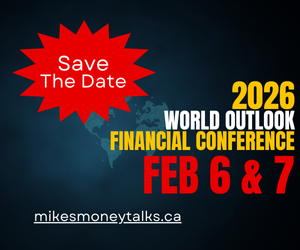
One of the big turning points we’ve seen recently is that economic news has improved considerably. I still wouldn’t say that the economy is strong, but we’re a lot better than where we were. The key is that many of the risks that plagued us have slowly melted away. Even our hopelessly dysfunctional Congress seems to have gotten its act together and reached a deal to avert yet another government shutdown. I’ve also been pleased to see things look better in Europe. It was the euro crisis that weighed heavily on U.S. stocks in 2011 and 2012.
While a lot of people have been calling the stock market a bubble, I think we’ve witnessed very much the opposite. Namely, the tremendous fear bubble has deflated. It was only two years ago that the S&P 500 hit its lowest P/E Ratio in over two decades.
Another area where we can see the dissipation of fear is in the credit markets. Bond traders are paid to worry about things, and they’re having a harder time of it. Bespoke Investment Group pointed out that high-yield spreads are at a six-year low, which is a clear sign of optimism. When lenders are afraid, they pull back, and when credit markets freeze up, the whole economy is in trouble. That’s not what’s going on right now.
Things are also looking good for consumers. David Rosenberg, who’s been a long-time bear, has defected to Camp Bull. He noted that the Fed’s recent Beige Book referred to wage pressures 26 times. Folks are also hitting the stores. Retail sales for November rose 0.7%, and the October figure was revised upward to 0.6%. That’s good news for Buy List retailers like Ross Stores (ROST) and Bed Bath & Beyond (BBBY).
Consumers have also been getting their finances in order. Cullen Roche, who’s one of the most astute writers on the economy today, recently declared an end to the “balance sheet recession.” For the first time in several years, households are adding on debt. I realize that may sound like something bad, but in econo-speak, it’s actually good news. More household debt is what needs to happen during an expansion. The long trend of paying down debt was a necessary and painful obstacle for the economy. It’s come to an end.
Even Uncle Sam’s finances are getting better. The U.S. budget deficit, while still massive, is much less massive than it was a few years ago. The deficit for this year will probably be about 3% of GDP, which is down from 10% in 2009. Also, cost-cutting at the local government level (what some people call “austerity”) is largely over.
I’ve also noted that the spread between the 2- and 10-year Treasuries is widening, which is a classic forward-looking indicator for the economy.

In fact, it’s one of the most reliable macro indicators around. What’s particularly interesting is that the yield on the two-year has been fairly stable, while the 10-year has been rising. The 2-10 spread is near the highest it’s been in more than two years. This is a particularly good omen for Buy List financial stocks likeWells Fargo (WFC) and JPMorgan Chase (JPM). Remember that a bank is basically the yield curve with incorporation papers. Now let’s take a look at some two upcoming earnings reports.
….read the entire CWS Market Review HERE












